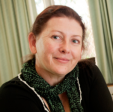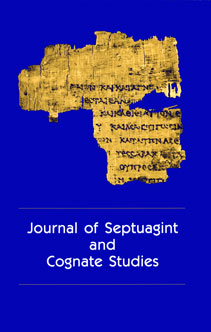Greek Papyri: The Rediscovery of the Ancient World
Film about Greek Papyri from 1971. Script, direction, editing by Mirek Dohnal. With W. E. H. Cockle, D. M. Dixon, M. S. Drower, W. B. Emery, A. H. Griffiths, E. W. Handley, M. K. Haslam, A. A. Long, O. Skutsch, Susan Stephens, D. Thomas, E. G. Turner. University College London, Slade Film Unit. BFI
website: https://www.bfi.org.uk/films-tv-peopl...
'Eric Gardner Turner (1911-1983)', Proceedings of the British Academy 73 (1987), p. 697: “1971 reached a high point . . . in May came the première of Mirek Dohnal’s film Greek Papyri (Turner had suggested the subject to the head of the Slade Film Unit; he and his pupils and colleagues starred, with Zauberflöte in the background, and many hours of patient labour; the film won a silver medal at the Venice Festival)."










.png)





















